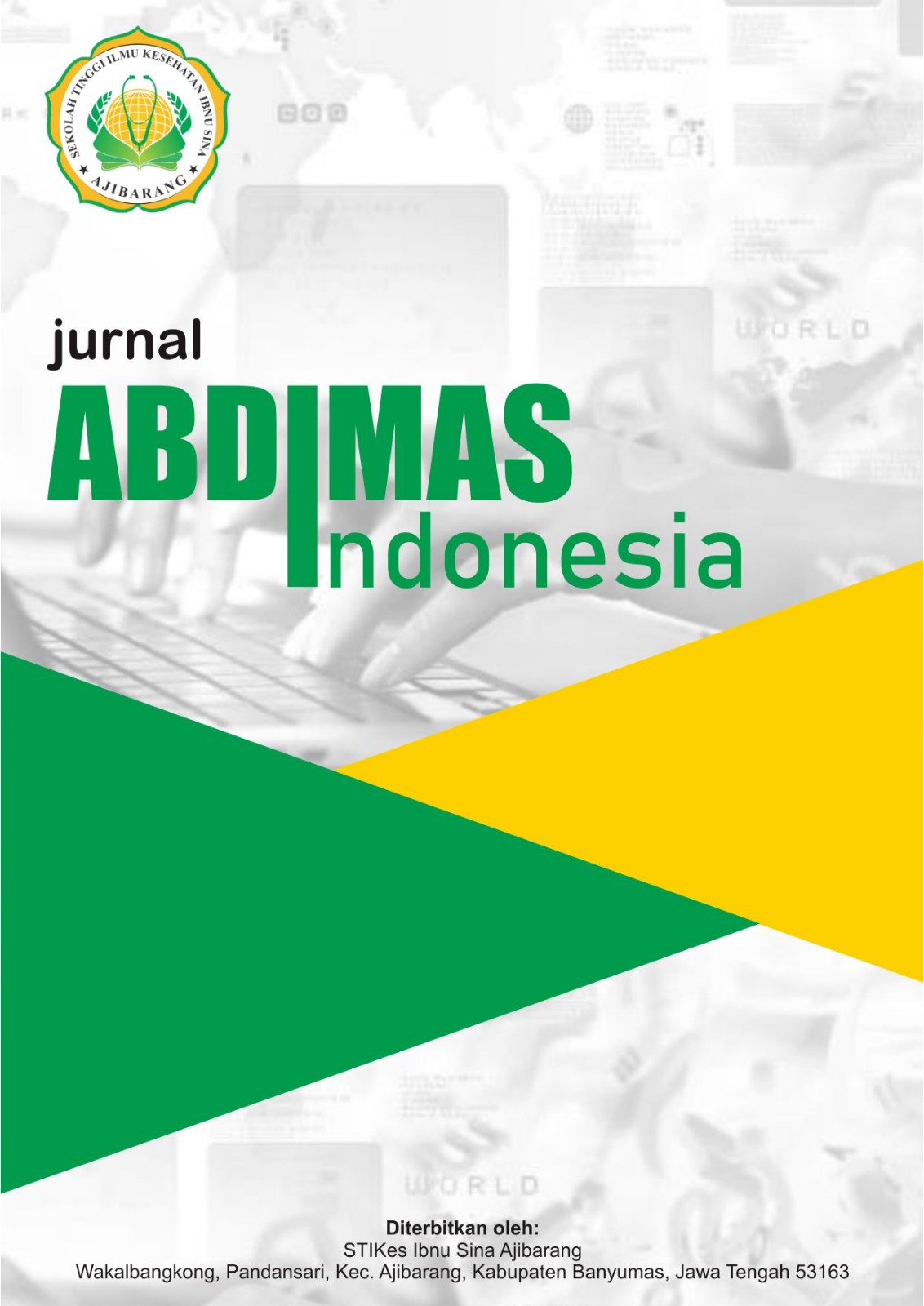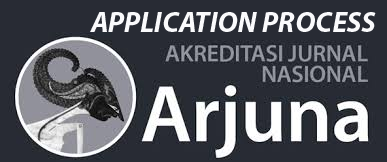Mengenal Fungsi Kognitif Dan Keseimbangan Postural Tubuh Pada Anak Down Syndrome
DOI:
https://doi.org/10.59841/jurai.v3i1.2329Keywords:
Down Syndrome, cognitive function, postural balance, parents, familyAbstract
Postural balance is a crucial aspect of daily life that enables individuals to move with stability and safety. Children with Down Syndrome (DS) often experience balance disorders due to cognitive function limitations that affect their motor abilities. This study aims to explore the relationship between cognitive function and balance in children with DS. Cognitive impairments, including memory deficits, attention difficulties, and executive function challenges, can impact a child's ability to control posture and perform motor activities effectively. Additionally, difficulties in movement coordination and sensorimotor responses contribute to poor balance abilities. Understanding the connection between cognitive function and balance can facilitate the implementation of appropriate interventions, such as physical therapy and cognitive stimulation, to improve the quality of life of children with DS. A holistic approach is essential in supporting the development of children with DS to help them achieve greater independence. Parents and families play a vital role in actively participating in the growth and development of children with DS, ensuring that their cognitive function and balance are maintained and enhanced. Consequently, children with DS can become more independent and socially engaged, enabling them to interact with others and build healthy social relationships.
Keywords: Down Syndrome, cognitive function, postural balance, parents, family
References
[1] Weijerman, M.E. And J.P. De Winter, Clinical Practice. The Care Of Children With Down Syndrome. Eur J Pediatr, 2010. 169(12): p. 1445-52.
[2] Bull, M.J., Et Al., Health Supervision For Children And Adolescents With Down Syndrome. Pediatrics, 2022. 149(5).
[3] Silverman, W., Down Syndrome: Cognitive Phenotype. 2007. 13(3): p. 228-236.
[4] Edgin, J.O., Et Al., Development And Validation Of The Arizona Cognitive Test Battery For Down Syndrome. J Neurodev Disord, 2010. 2(3): p. 149-164.
[5] Antonarakis, S.E., Et Al., Down Syndrome. J Nature Reviews Disease Primers, 2020. 6(1): p. 9.
[6] Grieco, J., Et Al. Down Syndrome: Cognitive And Behavioral Functioning Across The Lifespan. In American Journal Of Medical Genetics Part C: Seminars In Medical Genetics. 2015. Wiley Online Library.
[7] Deckers, S.R., Et Al., Core Vocabulary Of Young Children With Down Syndrome. 2017. 33(2): p. 77-86.
[8] Uysal, S.A. And T. Düger, Motor Control And Sensory-Motor Integration Of Human Movement, In Comparative Kinesiology Of The Human Body. 2020, Elsevier. p. 443-452.
[9] Vicente-Rodriguez, G., Et Al., Muscular Development And Physical Activity As Major Determinants Of Femoral Bone Mass Acquisition During Growth. Br J Sports Med, 2005. 39(9): p. 611-6.
[10] Rigoldi, C., M. Galli, And G. Albertini, Gait Development During Lifespan In Subjects With Down Syndrome. Res Dev Disabil, 2011. 32(1): p. 158-63.
[11] Druta, O. And R.J.S. Ronald, Young Adults’ Pathways Into Homeownership And The Negotiation Of Intra-Family Support: A Home, The Ideal Gift. 2017. 51(4): p. 783-799.
[12] Cuskelly, M. And P. Gunn, Adjustment Of Children Who Have A Sibling With Down Syndrome: Perspectives Of Mothers, Fathers And Children. J Intellect Disabil Res, 2006. 50(Pt 12): p. 917-25.
[13] Akbar, N.L., E. Effendy, And V. Camellia, The Indonesian Version Of Montreal Cognitive Assessment (Moca-Ina): The Difference Scores Between Male Schizophrenia Prescribed By Risperidone And Adjunctive Of Donepezil In Public Hospital Of Dr Pirngadi Medan, Indonesia. Open Access Maced J Med Sci, 2019. 7(11): p. 1762-1767.
[14] Shumway-Cook, A. And F.B. Horak, Assessing The Influence Of Sensory Interaction Of Balance. Suggestion From The Field. Phys Ther, 1986. 66(10): p. 1548-50.
[15] Leite, J.C., Et Al., Postural Control In Children With Down Syndrome: Evaluation Of Functional Balance And Mobility. J Revista Brasileira De Educação Especial, 2018. 24: p. 173-182.
[16] Education, H.T.I.P.T., Pediatric Physical Therapy Annual Conference 2019. 2019.
[17] Sibley, K.M., Et Al., Clinical Balance Assessment: Perceptions Of Commonly-Used Standardized Measures And Current Practices Among Physiotherapists In Ontario, Canada. Journal Of Implementation Science, 2013. 8: p. 1-8.
[18] Martin, K., Et Al., Minimal Detectable Change For Tug And Tuds Tests For Children With Down Syndrome. 2017. 29(1): P. 77-82.
[19] Cosma, G., Et Al., The Influence Of The Dance For People With Down Syndrome. J Bulletin Of The Transilvania University Of Braşov. Series Ix: Sciences Of Human Kinetics, 2017: p. 83-88.
[20] Fitriana, J., Et Al. Efektivitas Yoga Anak Pada Anak Prasekolah. In Prosiding Seminar Nasional Dan Cfp Kebidanan Universitas Ngudi Waluyo. 2022.
[21] Marta, R., Penanganan Kognitif Down Syndrome Melalui Metode Puzzle Pada Anak Usia Dini. Jurnal Obsesi: Jurnal Pendidikan Anak Usia Dini, 2017. 1(1): p. 32-41.
[22] Nurjanah, N., Peningkatan Perkembangan Motorik Anak Down Syndrome Melalui Pembelajaran Alat Musik Drum. J Prosiding Pertemuan Ilmiah Nasional Penelitian Dan Pengabdian Masyarakat 2018. 1(1): p. 189-194.
[23] Mardiah, W., Intervensi Stimulasi Motorik, Afektif, Dan Kognitif Pada Anak Dengan Down Syndrome : A Narrative Review. Jurnal Cakrawala Ilmiah, 2022. 2: P. 983-1002.
[24] Anugrah, T., Et Al., Literature Review : Bagaimana Kinerja Latihan Core Stability Dalam Meningkatkan Keseimbangan Tubuh Individu Down Syndrome? 2023: p. 31-42.
[25] Widanti, H.N., Perbedaan Metode Hopscotch Dan Kids Yoga Dalam Meningkatkan Keseimbangan Berdiri Anak Down Syndrome Oleh. 2021.
[26] Yeung, P.Y., Et Al., Montreal Cognitive Assessment - Single Cutoff Achieves Screening Purpose. Neuropsychiatr Dis Treat, 2020. 16: p. 2681-2687.
[27] Irwanto, W.A., A. Ariefa, And S.M. Samosir, Az Sindrom Down. 2019, Surabaya: Airlangga University Press.
[28] Oktariani, O. And R. Munthe, Kematangan Sensori Dan Motorik Pada Tumbuh Kembang Anak Dengan Down Syndrome. Journal of Community Service, 2023. 8(2): p. 028-033.
[29] Pratiwi, G.T., Asuhan Keperawatan Pada Anak Down Syndrome Dengan Intervensi Relaksasi Nafas Dalam Untuk Mengurangi Perilaku Agresif. 2024, Universitas Duta Bangsa Surakarta.
[30] Geuze, R.H., Static Balance And Developmental Coordination Disorder. J Human Movement Science, 2003. 22(4-5): p. 527-548.
[31] Hikmah, N. And A.R. Sp, Hubungan Antara Fungsi Kognitif Dengan Keseimbangan Dan Perfroma Fisik Pada Lanjut Usia Di Puskesmas Turikale. Journal of Physiotherapy, 2023. 3(2): p. 41-48.
[32] Bagou, M., R. Febriona, And H. Damasyah, Hubungan Kemampuan Kognitif Dengan Keseimbangan Tubuh Pada Lansia Di Desa Tenggela. Jurnal Ilmu Kesehatan Dan Gizi, 2023. 1(2): p. 190-201.
[33] Krismantara, A.Y. And N.M.K. Dewi, Hubungan Fungsi Kognitif Dengan Keseimbangan Postural Pada Lansia Di Pwri Kota Denpasar. Journal Prepotif: Jurnal Kesehatan Masyarakat, 2022. 6(3): p. 1504-1511.
[34] Fitria, N., S.H. Thaib, And A. Fitriani, Peran Keluarga Terhadap Anak Dengan Sindrom Down Di Ypac (Yayasan Pembinaan Anak Cacat) Palembang. Journal of Syifa'medika: Jurnal Kedokteran Dan Kesehatan, 2013. 4(1): p. 57-64.
[35] Maryam, I., F. Rizkiyani, And D.Y. Sari, Peran Orang Tua Dalam Meningkatkan Perkembangan Bahasa Anak Down Syndrome. Journal Inclusive: Journal Of Special Education, 2020. 6(2).
[36] Andriani, R., N. Nurhasanah, And D. Rosita, Peran Orang Tua Dalam Menumbuhkan Kemandirian Anak Down Syndrome. Jurnal Pendidikan Khusus, 2023. 19(2): p. 72-81.
Downloads
Published
How to Cite
Issue
Section
License
Copyright (c) 2025 jurnal ABDIMAS Indonesia

This work is licensed under a Creative Commons Attribution-ShareAlike 4.0 International License.








